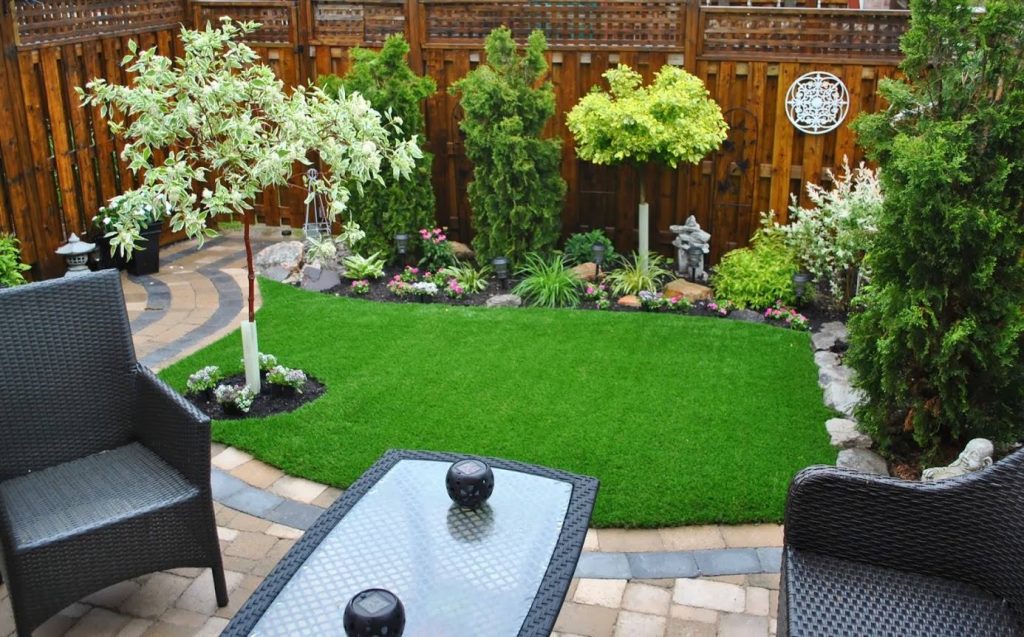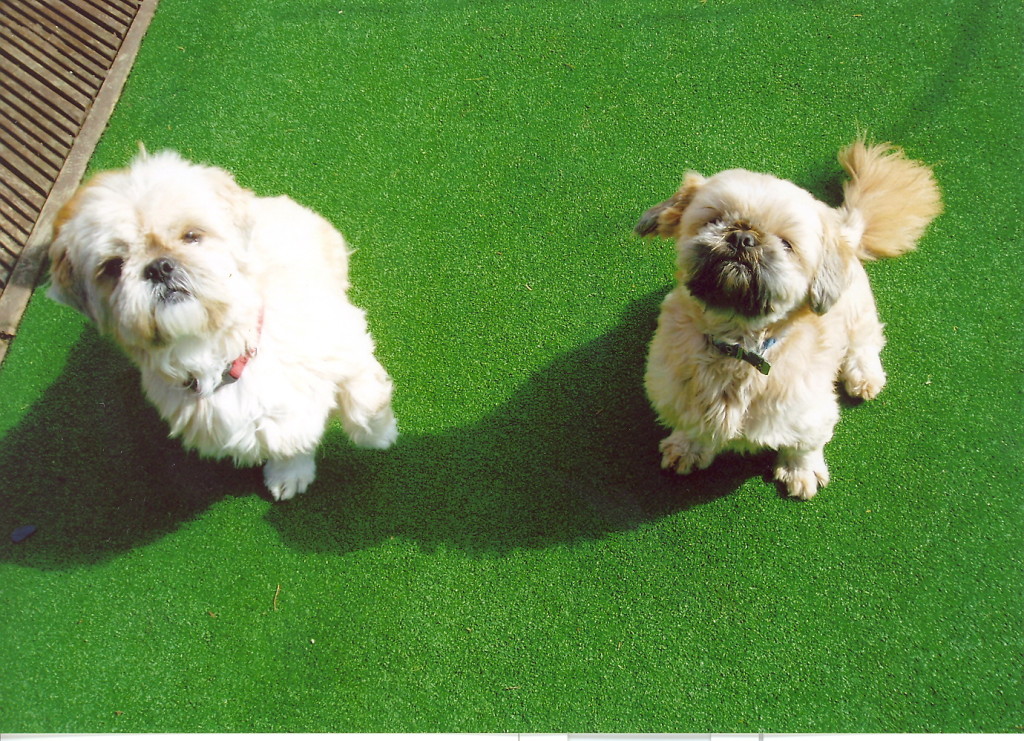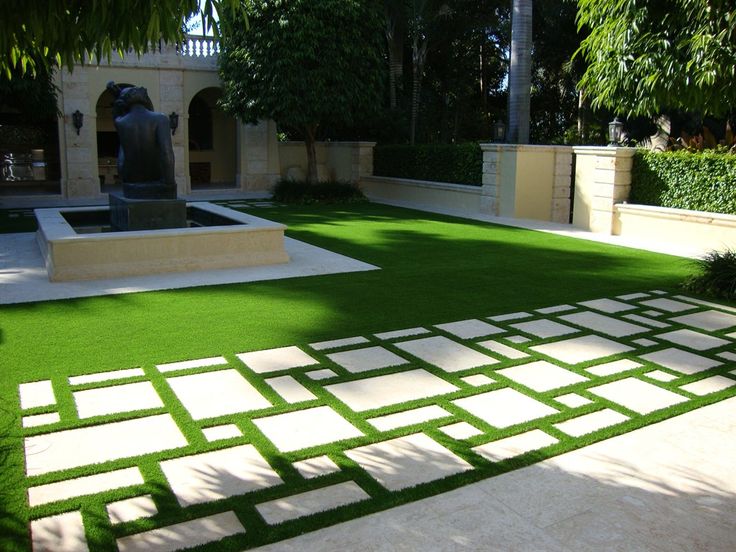Some considering synthetic turf may have concerns over whether it will fade or stain over time. While the concern is understandable, synthetic turf is an incredibly durable product that is not prone to staining or fading.
The fact that artificial grass remains green all year and looks fantastic even in harsh weather is the reason many people choose it. It also is low maintenance eliminating the need for chores like mowing, weeding and applying chemicals like fertilizers and pesticides.
There are two main reasons why synthetic turf is resistant to staining and fading.
Manufacturing Materials
Synthetic turf is primarily made of nylon and polyurethane, but it also has other items in the manufacturing mix that adds to its durability. Artificial grass will not rip or tear. Pets can’t dig through it or rip it. The same material that makes it durable also prevents staining.
Materials used in manufacturing synthetic turf don’t allow fluids to seep into the blades. Since fluids and other materials that would stain rinse off the blades rather than seeping in, they can’t cause stains. Learn more about our products here.
Protection from the Sun
Artificial grass is created with UV stabilizers in the mix, which prevent the product from fading. Artificial turf with UV stabilizers has less than an 8 percent fade over a decade.
The stabilizers are added as the blades are created, so it is part of the fabric and will not wear off and can’t be washed off.
Reality of Fading
There will be some slight fading as the product ages, but it is minimal if you get a quality product. Most synthetic grass comes with a 10-year warranty, so it is guaranteed for at least a decade. It is made to withstand extreme weather, although the type of weather it endures could contribute to fading.
There are some things that can damage your synthetic turf. Caustic chemicals, like battery acid, can damage it along with other petroleum-based chemicals. It is recommended these type of chemicals be kept away from your artificial grass. Also, chemicals like bleach and certain home cleaners will likely damage artificial turf. Basically, any chemical that can damage fabric can hurt a synthetic grass lawn since the product is a manufactured fabric.
Things You Can Do to Protect Your Lawn
There are things a homeowner with synthetic turf can do to protect their investment. The first, and most important thing is to follow instructions given to you by the manufacturer regarding maintenance.
The second thing to do occasionally is to rinse it. While artificial grass does not require watering like natural grass, it does need to be rinsed to prevent staining and fading. This is especially true if you live in an extremely hot, dusty environment. An occasional rinse will remove dust and keep your grass looking fresh.
Be sure to remove any debris from your yard as soon as you see it. Tree sap from branches is hard to remove once it has hardened. Food debris from wrappers or other items your kids may bring out could also be messy for your lawn. These things can be removed by freezing it away.
It is a good idea to move heavy items on your lawn, like lawn furniture around sometimes. Leaving heavy objects to sit on your artificial grass for a long period of time will compress it. Also, it allows uneven sun exposure, which can become noticeable over a long period of time.
Considering its durability and low-maintenance, synthetic turf remains a solid choice to improve your landscaping. It will look fantastic for years and will save you money on maintenance in the long run.






